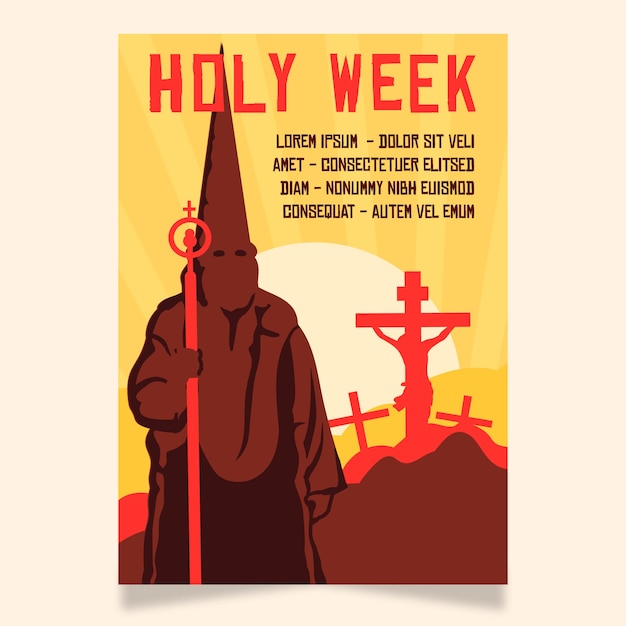Uncovering Crucifixion – Surprising Facts and Insights

Crucifixion was a common method of execution in ancient times.
Jesus Christ is one of the most famous figures to have been crucified.
Crucifixion involved nailing or tying a person to a cross.
The act of crucifixion was meant to be a slow and painful death.
Crucifixion was often used as a deterrent to discourage people from committing crimes.
The Romans perfected the technique of crucifixion and used it extensively.
Crucifixion was considered a humiliating and degrading way to die.
The crucifixion of Jesus Christ is a central event in Christian theology.
Crucifixion was also used as a punishment for slaves and rebels.
The victims of crucifixion were often left exposed in public as a warning to others.
The cross, a symbol of crucifixion, has become one of the most widely recognized symbols in the world.
In some cases, the crucified victims were left to die of thirst or exposure.
Crucifixion was intended to maximize suffering while prolonging the death process.
The exact details of crucifixion methods varied across different cultures and time periods.
The cross-shaped structure used for crucifixion is called a gibbet or patibulum.
Historical accounts suggest that victims of crucifixion endured excruciating pain for hours or even days.
Crucifixion was often used as a form of punishment for political dissidents.
The crucifixion of Spartacus and his followers is a well-known historical event.
Uncovering Crucifixion – Surprising Facts and Insights part 2
Some crucifixion victims were whipped before being nailed to the cross.
Crucifixion was a public spectacle designed to instill fear and control over the population.
The Romans used crucifixion primarily for non-Roman citizens.
In some cases, the crucified individuals were already severely weakened from torture or beatings.
Crucifixion was a highly ritualized form of execution, often accompanied by religious ceremonies.
The process of crucifixion typically involved a painful and slow asphyxiation.
The crucifixion of Jesus is depicted in numerous artistic and cultural works.
The suffering endured during crucifixion was so intense that the word excruciating was derived from it.
Crucifixion was sometimes used as a means of public humiliation, with the victims being stripped naked.
The physical pain of crucifixion was often compounded by the emotional and psychological trauma.
Roman law allowed soldiers to claim the clothing of the crucified victims.
The New Testament accounts describe Jesus being crucified alongside two criminals.
Crucifixion was a gruesome punishment that aimed to discourage rebellion and dissent.
The cross on which Jesus was crucified is referred to as the Cross of Calvary or Golgotha.
The crucifixion of Jesus is considered by Christians to be a sacrifice made for the salvation of humanity.
Roman citizens were exempt from crucifixion, which was seen as the ultimate disgrace.
Some sources suggest that crucifixion may have been influenced by earlier practices such as impaling.
The crucifixion of Saint Peter is another prominent example of crucifixion in Christian history.
Crucifixion was often carried out at prominent locations, such as city gates or high points visible from afar.
The remains of crucifixion victims were sometimes left unburied or thrown into mass graves.
The earliest documented evidence of crucifixion dates back to the 6th century BC.
The crucifixion of Jesus is described in detail in the New Testament Gospels.
Crucifixion was considered such a horrific punishment that Roman citizens rarely spoke of it.
The crucifixion of Jesus is a central theme in Christian art and iconography.
Different cultures developed their own variations of crucifixion, but the basic concept remained the same.
In some cases, the victims of crucifixion had their legs broken to hasten their death.
The act of crucifixion has left a lasting impact on religious and cultural practices throughout history.

